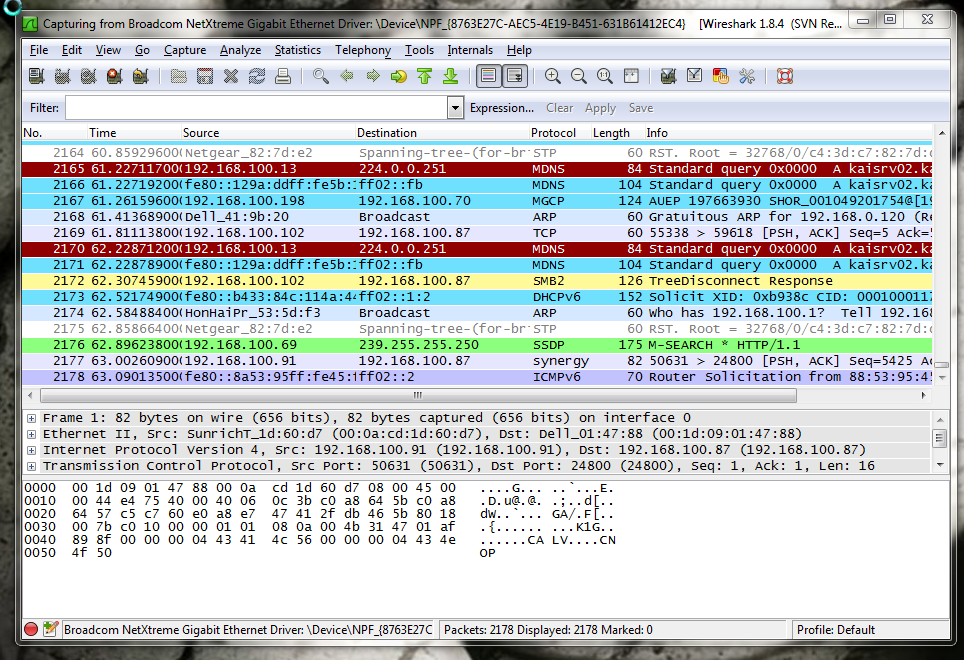

Many operating systems require superuser privileges to enable promiscuous mode. In promiscuous mode, however, the NIC allows all frames through, thus allowing the computer to read frames intended for other machines or network devices. In non-promiscuous mode, when a NIC receives a frame, it drops it unless the frame is addressed to that NIC's MAC address or is a broadcast or multicast addressed frame. In IEEE 802 networks such as Ethernet or IEEE 802.11, each frame includes a destination MAC address. Interfaces are placed into promiscuous mode by software bridges often used with hardware virtualization. This mode is normally used for packet sniffing that takes place on a router or on a computer connected to a wired network or one being part of a wireless LAN. In computer networking, promiscuous mode is a mode for a wired network interface controller (NIC) or wireless network interface controller (WNIC) that causes the controller to pass all traffic it receives to the central processing unit (CPU) rather than passing only the frames that the controller is specifically programmed to receive.

This article needs additional citations for verification.


 0 kommentar(er)
0 kommentar(er)
